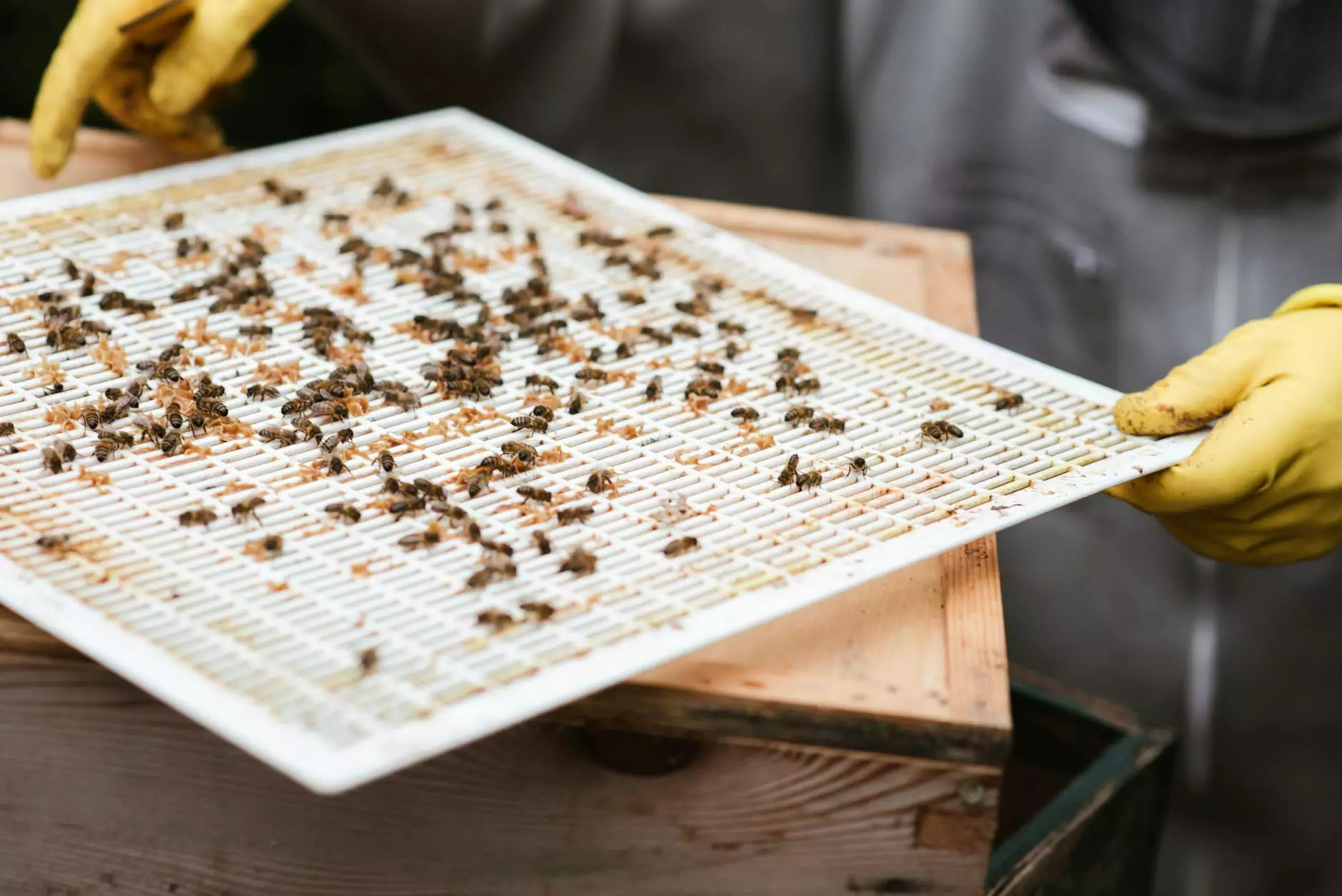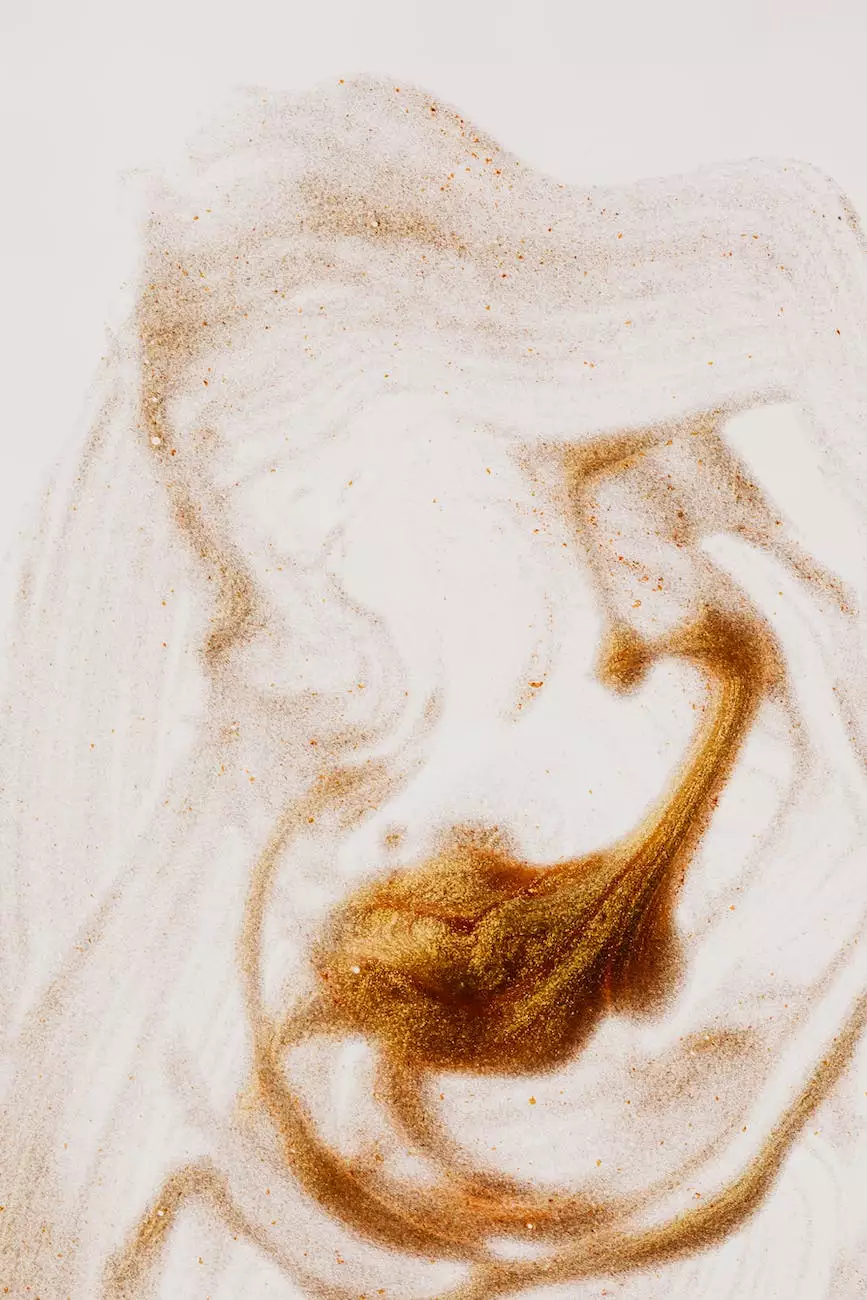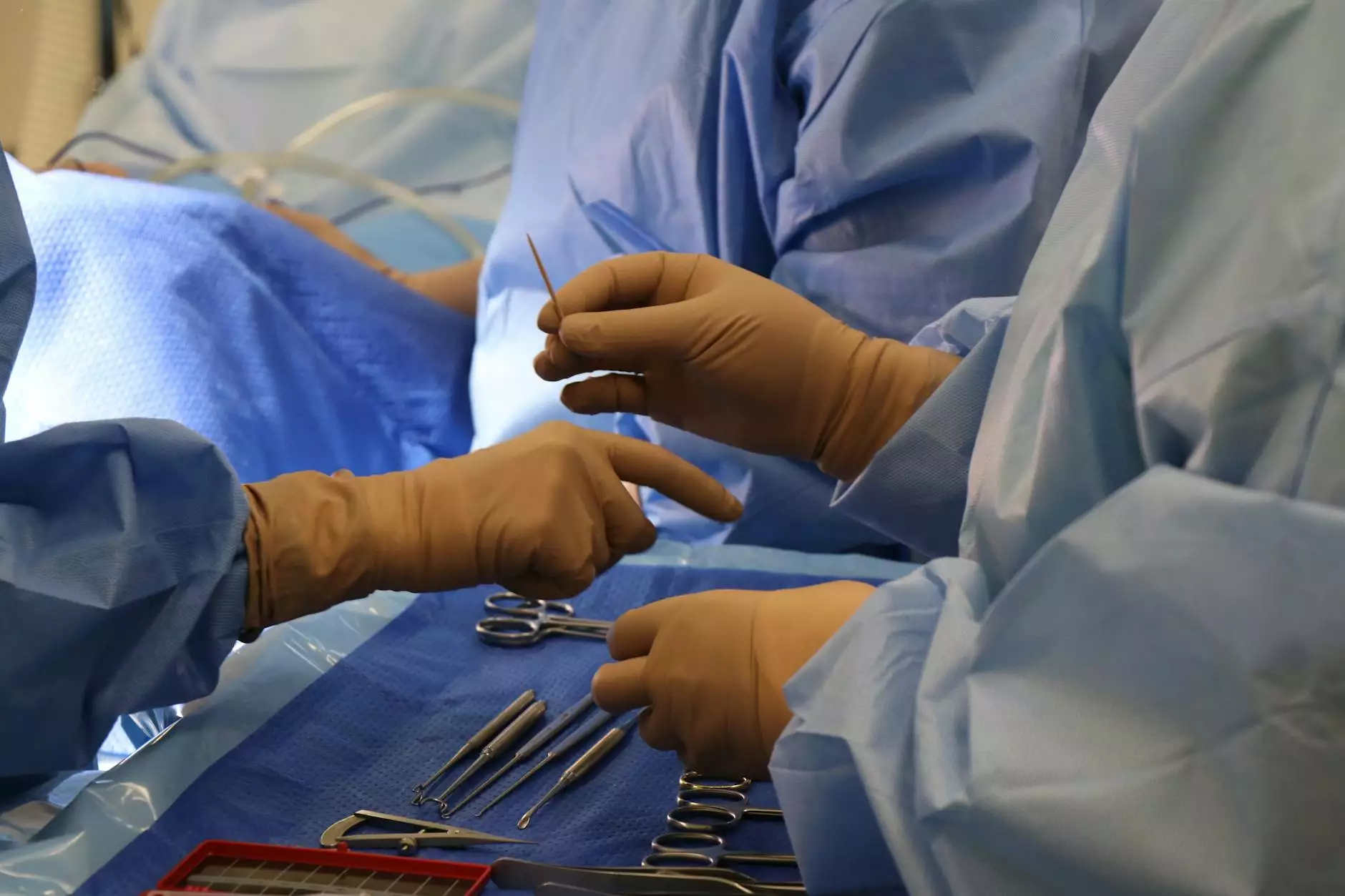How the Shoulder Works
Orthopedics and Spine
Introduction
Welcome to Richard Martinez, MD, your trusted medical expert in orthopedics and shoulder replacement surgery. In this comprehensive guide, we will delve into the intricate mechanics of the shoulder joint, explaining how it works, its components, and the amazing functionality that allows us to perform everyday movements with ease.
Anatomy and Structure
The shoulder is one of the most versatile and complex joints in the human body. It is composed of several key structures, including the humerus (upper arm bone), scapula (shoulder blade), and clavicle (collarbone). These bones, along with various muscles, tendons, ligaments, and cartilage, work in harmony to facilitate a wide range of motions.
The Shoulder Bones
The humerus forms the primary bone of the shoulder joint, connecting to the scapula through the glenoid fossa (a shallow socket). The scapula also plays a vital role in supporting the shoulder joint, providing stability and allowing the range of motion required for daily activities.
Shoulder Muscles and Tendons
In addition to bones, the shoulder joint relies on a complex network of muscles and tendons to function properly. The rotator cuff, comprised of four muscles (supraspinatus, infraspinatus, teres minor, and subscapularis), plays a crucial role in stabilizing the joint and facilitating movements, such as lifting, rotating, and reaching.
Ligaments and Cartilage
Ligaments, such as the glenohumeral ligaments, provide additional stability to the shoulder joint, preventing excessive movement and potential dislocations. Articular cartilage lines the joint surfaces, ensuring smooth gliding and reducing friction during movement.
Shoulder Joint Movements
The shoulder joint allows a remarkable range of motion, providing us with the ability to perform various activities, from throwing a baseball to reaching overhead. Let's explore the key movements:
Flexion and Extension
Flexion involves moving the arm forward, while extension refers to moving it backward. These motions are crucial for activities such as throwing, scratching your back, or even raising your arm.
Abduction and Adduction
Abduction is the process of lifting your arm away from your body, out to the side, while adduction brings it back towards the body. These movements are essential for actions like waving or hugging someone tightly.
Internal and External Rotation
Internal rotation refers to rotating your arm inward, towards your body, while external rotation involves rotating it outward. Both motions are necessary for many day-to-day activities, including reaching behind your back or throwing a ball.
Common Shoulder Conditions
Understanding how the shoulder works is crucial for identifying and addressing various shoulder conditions. Here are some common issues that can impact the shoulder:
Rotator Cuff Tears
Rotator cuff tears occur when the tendons connecting the rotator cuff muscles to the humerus become damaged or torn. This can cause pain, weakness, and limited range of motion, affecting daily activities.
Shoulder Impingement Syndrome
Shoulder impingement syndrome is a condition where the rotator cuff tendons become irritated or inflamed due to repetitive overhead motions. This can result in pain, inflammation, and difficulty performing certain movements.
Osteoarthritis
Osteoarthritis is a degenerative joint disease that can affect the shoulder joint over time. It involves the wearing down of articular cartilage, leading to pain, stiffness, and reduced mobility.
Shoulder Replacement Surgery
In some cases, when conservative treatments fail to provide relief, shoulder replacement surgery may be necessary. As a leading expert in shoulder replacement surgery, Richard Martinez, MD utilizes state-of-the-art techniques to restore shoulder function and alleviate pain for his patients.
Types of Shoulder Replacements
There are two main types of shoulder replacement surgeries: total shoulder replacement and reverse shoulder replacement. Total shoulder replacement involves replacing the damaged joint surfaces with prosthetic components, while reverse shoulder replacement is recommended for patients with severe rotator cuff damage.
Benefits and Recovery
Shoulder replacement surgery offers numerous benefits, including pain relief, improved range of motion, and enhanced quality of life. After undergoing surgery, a tailored rehabilitation plan is essential to optimize healing and regain strength and functionality in the shoulder.
Conclusion
In conclusion, understanding how the shoulder works is essential for maintaining shoulder health and addressing any issues that may arise. Richard Martinez, MD is dedicated to providing expert care, specializing in shoulder replacement surgery and orthopedics. If you experience shoulder pain or require a consultation, don't hesitate to contact us for personalized, comprehensive treatment.




